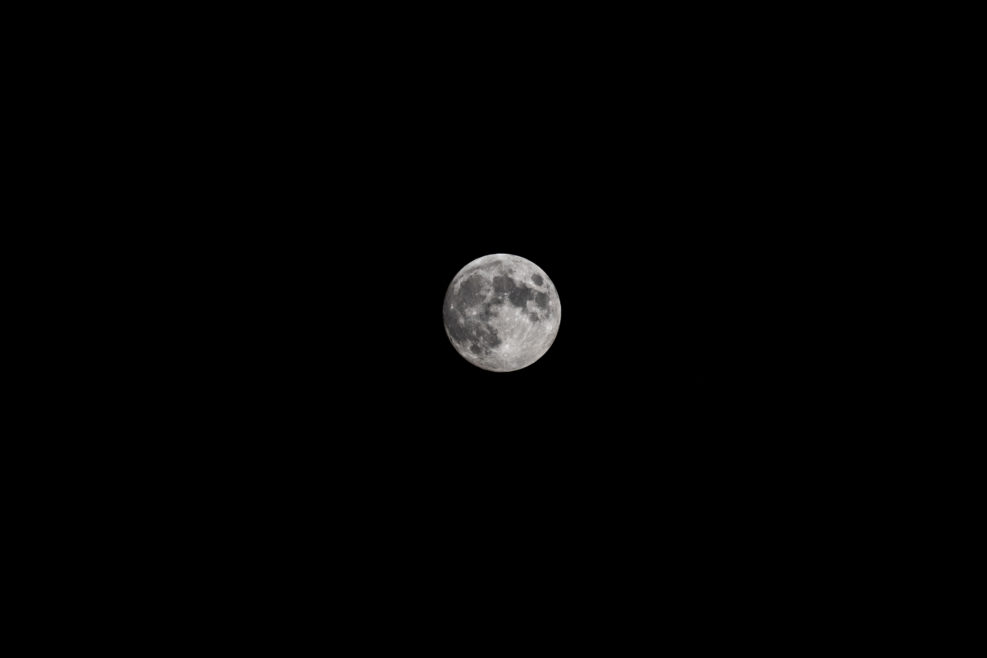
TagSearch for Extraterrestrial Intelligence (SETI)


ET Expert Thinks That ET Is Probably AI (Artificial Intelligence)
Given the immense interstellar distances, not being alive might be the only way ET could get here.Search for Extraterrestrial Intelligence (SETI) astronomer Seth Shostak (pictured) confesses that these are exciting times for alien hunters like himself, what with the Pentagon’s anticipated July 25 report on unidentified aerial phenomena. Still, he doesn’t expect any big revelations: “I think it’s overwhelmingly likely that aliens are present in our galaxy. But I don’t believe they’re hanging out in our airspace. Not now, and not in historic times.” On the other hand, he goes on to say, every third star in our galaxy could host an Earth-like planet so the odds are we are not alone. Few life forms on Earth resemble humans, so why should extraterrestrials? But if we are not alone, what would ET be like? A gaseous Read More ›

Sixty Billion Stars. And No Aliens? What Now?
Are we approaching a crisis of faith in ET?At Universe Today, Matt Williams asks if it is time to update the Drake Equation, by which you could settle — in your own mind — how likely the aliens are. It began to be developed nearly sixty years ago at a conference at the National Radio Astronomy Observatory in Green Bank, West Virginia. And everyone took for granted that we would be hearing from the aliens soon. That was the basis of Search for Extraterrestrial Intelligence (SETI) — keeping the hope alive. Rather than being an actual means for quantifying the number of intelligent species in our galaxy, the purpose of the equation was meant to frame the discussion on SETI. In addition to encapsulating the challenges facing scientists, Read More ›

SETI Director Warns: Those Aliens Could Be Malevolent
Harvard astronomer agrees: We’ve sent a lot of signals in recent years; they may have got them. But now what?As the Mars Rover Perseverance bumps around looking for fossil bacteria and such, many students of possible ET life are becoming surprisingly cautious about what it might mean: “We have no reason to believe that technological advancement and altruism or morality are somehow linked,” SETI researcher Andrew Siemion told Inverse. “There probably are malevolent civilizations elsewhere in the universe so that’s certainly something that we should consider as we continue to explore the universe.” Siemion, who’s the director of the Berkeley SETI Research Center and principal of the alien-hunting Breakthrough Listen project, is invoking a tension at the heart of any project searching for alien life. Successfully finding it would change the world — but there’s also no guarantee humanity Read More ›

Astrophysicist Warns: Aliens May Be Boring or Unreachable
Researchers are taking the emissions from the vicinity of exoplanet Proxima B seriously. But if it is truly a technological signal, what would follow?Boring? How very un-Star Trek of them! But it’s possible, says Caleb A. Scharf, director of astrobiology at Columbia University (pictured). He worries that, “Perhaps other life in the universe is, in the end, utterly dull.” Why might he think so? He is reflecting on the recent report of what may be a technological signal at roughly 982.002 MHz, coinciding with the direction of Proxima Centauri. If it is, what might the aliens turn out to be like? There’ll be some initial oddities, some curiosities that aren’t quite the things we planned for. A dull carrier wave signal for instance. Over time more evidence will show up, until eventually it’s clear that there are lots of species out there, puttering Read More ›

Astronomer Bets a Cup of Coffee That We’ll Encounter ET by 2036
Seth Shostak points to the increase in the number of exoplanets identified and the increase in computing powerSeth Shostak, iconic astronomer who directs the Search for Extraterrestrial Intelligence (SETI), is so confident that the vast increase in computing power, based on Moore’s Law, will make the difference in detecting signals from alien civilizations that he will bet you a cup of Starbucks coffee that we make contact by 2036. Moore’s Law (1965) originally held that computers would double in power every two years. But today’s pace is actually faster than that. And on the horizon is quantum computing and carbon computing, which would speed things up while reducing energy consumption. So Shostak (pictured) is looking at considerable reinforcements for a systematic search. He stresses that the search for ET is now largely computerized: “We don’t sit in Read More ›